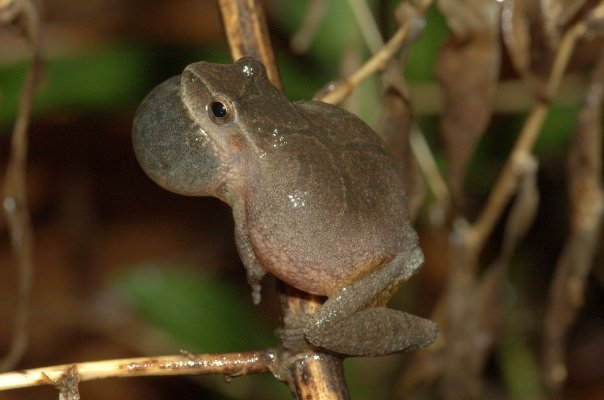HOMING AND EGG DISCRIMINATION IN THE WESTERN SLIMY SALAMANDER, PLETHODON ALBAGULA (CAUDATA: PLETHODONTIDAE)
DOI:
https://doi.org/10.17161/jnah.v2024i1.14530Keywords:
egg discrimination, homing, parental care, Plethodon albagula, Western Slimy SalamanderAbstract
Abstract.— In some species of vertebrates egg brooding is a costly form of parental care. Therefore, misdirection of parental care can significantly lower a female’s fitness. Because of the maternal investment and increased survivorship to offspring from egg guarding, a brooding female should home to her nest site after being displaced a short distance and discriminate between her own eggs and eggs from other females. In this study, we experimentally tested, in the field, alternative hypotheses concerning homing ability and egg discrimination in a population of nesting western slimy salamanders (Plethodon albagula). Fourteen brooding females were displaced 1 m to the left or right of their nest sites (determined randomly) for the homing experiment. Furthermore, brooding females (n = 13) were presented with their own clutches, which were displaced 50 cm to the left or right (determined randomly), and unfamiliar egg clutches at their original nest sites. The females were released at an equal distance from both egg clutches. After 24 hours, 12 displaced females (86%) had returned to their own nest sites and were brooding their egg clutches. Also, after 24 hours, nine test females had returned to their own nest sites and were brooding the unfamiliar egg clutches. No control or test females were present at the other new nest site locations (c2 = 11, df = 1, P-value < 0.001). Therefore, we suggest that brooding female P. albagula do home to their nest sites and exhibit indirect egg discrimination.
Downloads
Published
Issue
Section
License
Copyright (c) 2024 Malcolm McCallum, Robyn R. Jordan, Joseph R. Milanovich, Stanley E. Trauth

This work is licensed under a Creative Commons Attribution-NonCommercial 4.0 International License.
Copyright is held by the authors. Articles in JNAH are made available under a Creative Commons Attribution-NonCommercial 4.0 International license.

